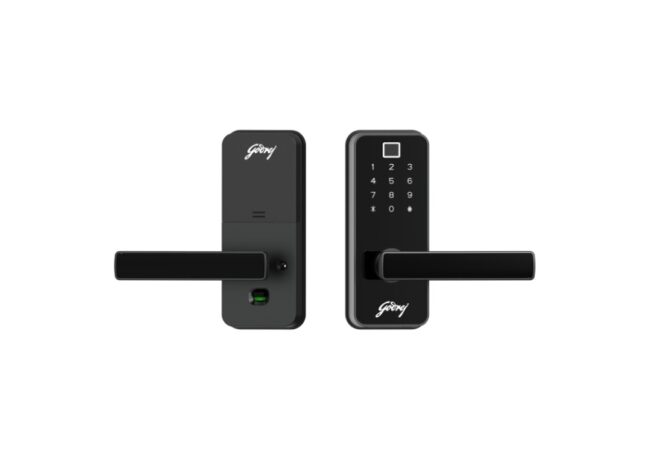
Remote Work Tools and Technologies: A Comprehensive Guide
Remote work has revolutionized the modern workplace, offering employees and organizations unprecedented flexibility, productivity, and cost-saving opportunities. As the world continues to embrace remote work models, the role of technology in enabling seamless collaboration, communication, and task management has become paramount. This comprehensive guide delves into the diverse array of remote work tools, technologies, and best practices that empower individuals and teams to thrive in virtual work environments.
Benefits of Remote Work
Flexibility and Work-Life Integration
The flexibility inherent in remote work allows employees to tailor their work schedules to suit their unique preferences and responsibilities. Whether it’s accommodating family commitments, pursuing personal interests, or optimizing productivity during peak hours, remote work promotes a healthier integration of work and life.
Enhanced Productivity and Focus
Studies have consistently shown that remote workers often exhibit higher levels of productivity and focus compared to their office-bound counterparts. Reduced commute times, minimized workplace distractions, and the ability to create personalized work environments contribute to increased efficiency and task completion rates.
Cost Savings and Environmental Impact
Remote work offers substantial cost-saving advantages for both individuals and organizations. Employees benefit from reduced commuting costs, dining expenses, and work-related attire expenses. On the organizational front, remote work translates to significant savings in office space, utilities, and overhead expenses. Additionally, the environmental impact of remote work, including reduced carbon emissions from commuting and office operations, aligns with sustainability goals.
Remote Work Tools and Technologies
Communication and Collaboration Platforms
Effective communication lies at the core of successful remote work arrangements. Modern communication platforms offer a rich suite of features designed to foster real-time collaboration, information sharing, and team connectivity.
- Unified Communication Tools: Platforms like Microsoft Teams, Slack, and Discord integrate messaging, video conferencing, file sharing, and project management capabilities into a centralized hub, streamlining communication and collaboration workflows.
- Virtual Meeting Solutions: Tools such as Zoom, Google Meet, and Webex provide high-definition video conferencing, screen sharing, recording options, and interactive features, facilitating engaging virtual meetings and workshops.
- Email and Calendaring Systems: While instant messaging is prevalent, email remains a fundamental tool for formal communications, document sharing, and asynchronous collaboration. Integrated calendaring systems like Google Calendar and Outlook help in scheduling meetings, managing appointments, and coordinating team schedules effectively.
Project Management and Task Tracking
Remote teams rely on robust project management tools to organize tasks, allocate resources, track progress, and ensure project milestones are met on time and within budget.
- Task Management Platforms: Tools like Asana, Trello, and Monday.com offer intuitive task boards, customizable workflows, deadline reminders, and task prioritization features, enabling teams to collaborate seamlessly and stay aligned on project goals.
- Time Tracking and Productivity Tools: Time tracking applications such as Clockify, Harvest, and RescueTime assist remote workers in monitoring their work hours, analyzing productivity trends, identifying time sinks, and optimizing time management strategies for enhanced efficiency.
- Document Collaboration and Version Control: Cloud-based collaboration platforms like Google Workspace, Microsoft 365, and Dropbox Paper facilitate real-time document editing, version control, commenting, and file sharing, empowering teams to collaborate on projects regardless of geographical barriers.
Cybersecurity and Data Protection Measures
With remote work comes heightened cybersecurity challenges, necessitating robust security measures and proactive risk mitigation strategies to protect sensitive data and mitigate cyber threats.
- Virtual Private Networks (VPNs): VPNs encrypt internet connections, secure data transmissions, and provide secure access to corporate networks and cloud resources, safeguarding against unauthorized access and data breaches.
- Endpoint Security Solutions: Antivirus software, firewalls, endpoint detection and response (EDR) tools, and mobile device management (MDM) solutions protect endpoints (laptops, smartphones, tablets) from malware, phishing attacks, and data leaks, ensuring a secure remote work environment.
- Security Awareness Training: Educating remote workers about cybersecurity best practices, phishing awareness, data protection protocols, and incident response procedures is essential in building a security-conscious workforce and reducing human error-related risks.
Performance Monitoring and Feedback Mechanisms
Remote work environments benefit from performance monitoring tools that provide insights into employee productivity, task completion rates, project milestones, and feedback loops for continuous improvement.
- Performance Analytics Platforms: Tools like Hubstaff, Workpuls, and ActivTrak offer comprehensive performance analytics, time tracking, activity monitoring, and productivity reports, enabling managers to assess individual and team performance, identify bottlenecks, and implement targeted interventions for optimization.
- Feedback and Collaboration Platforms: Feedback mechanisms such as employee surveys, peer reviews, one-on-one feedback sessions, and performance evaluations foster open communication, goal alignment, skill development, and employee engagement in remote teams.
Best Practices for Remote Work Success
Establishing Clear Communication Channels
Transparent communication is crucial in remote work settings. Establishing clear communication channels, regular check-ins, and feedback loops foster trust, collaboration, and alignment among remote team members.
Cultivating a Positive Remote Culture
Building a positive remote work culture involves fostering inclusivity, recognition, team bonding, and celebrating successes. Virtual team-building activities, social events, and recognition programs contribute to a cohesive and motivated remote workforce.
Setting Realistic Goals and Expectations
Setting SMART (Specific, Measurable, Achievable, Relevant, Time-bound) goals, defining clear expectations, and providing regular feedback and performance evaluations empower remote workers to stay focused, motivated, and aligned with organizational objectives.
Prioritizing Work-Life Balance and Well-being
Encouraging breaks, promoting work-life balance, offering flexible work arrangements, and providing wellness initiatives (e.g., mental health resources, fitness programs, ergonomic assessments) support the holistic well-being of remote employees.
Embracing Continuous Learning and Skill Development
Remote work environments thrive on continuous learning, skill development, and knowledge sharing. Providing access to online training resources, mentorship programs, and professional development opportunities enhances employee growth, engagement, and retention.
Conclusion
The landscape of work is rapidly evolving, driven by technological advancements, changing employee preferences, and global connectivity. Remote work, once considered a novelty, has now become an integral part of business operations across industries. By leveraging a diverse toolkit of remote work tools, technologies, and best practices, organizations can not only adapt to this paradigm shift but also thrive in the digital era, driving innovation, collaboration, and sustainable growth.


